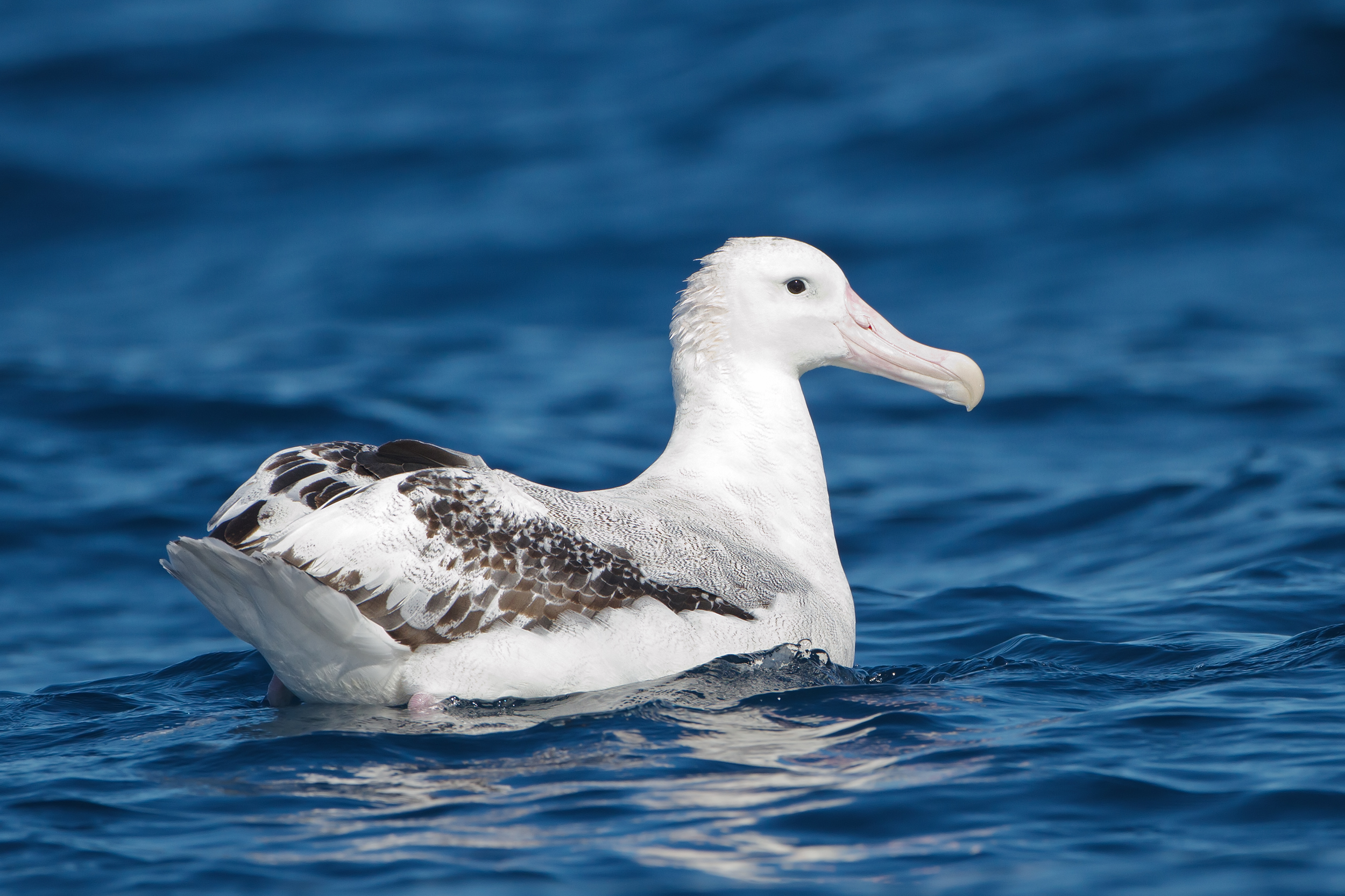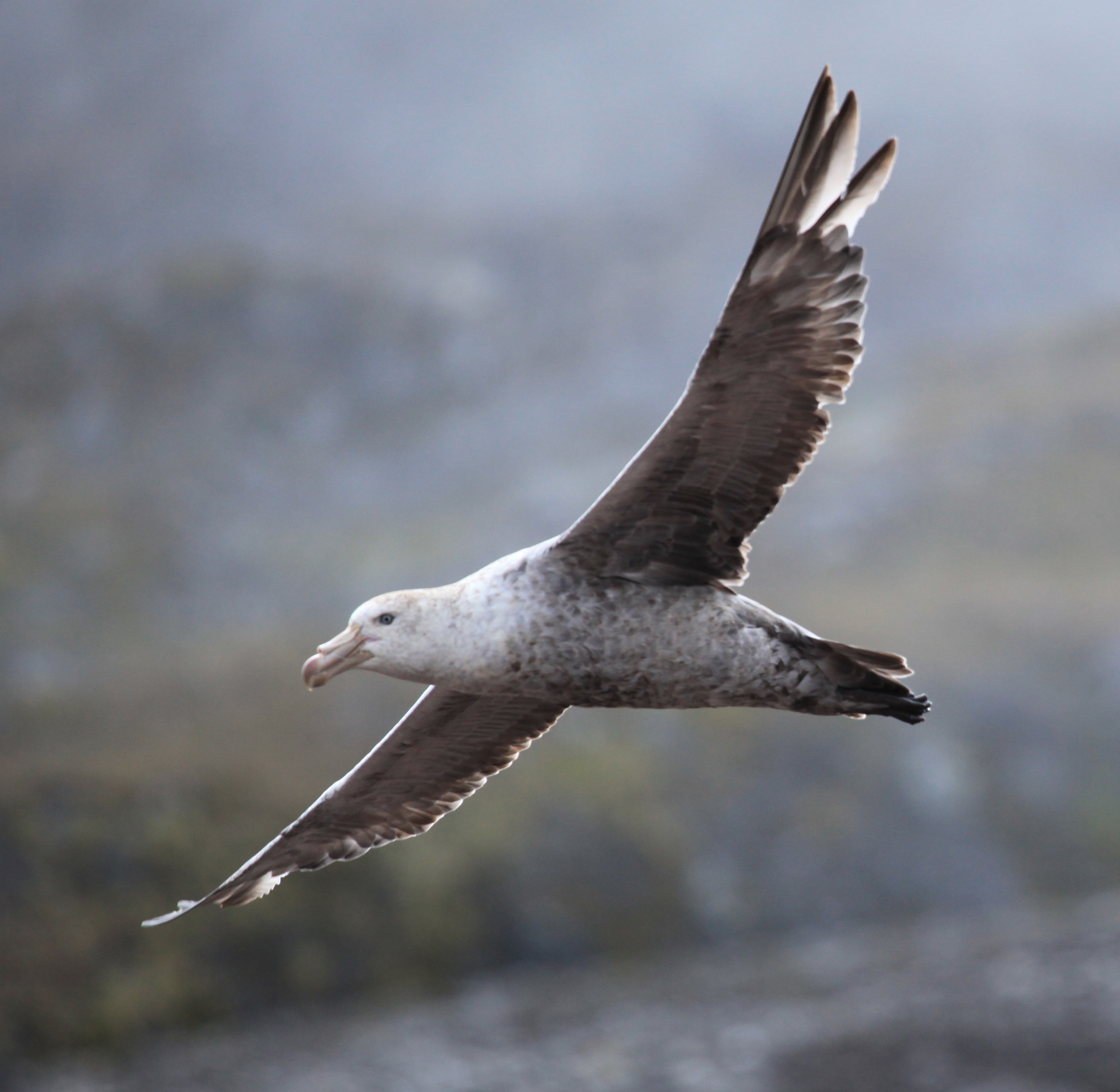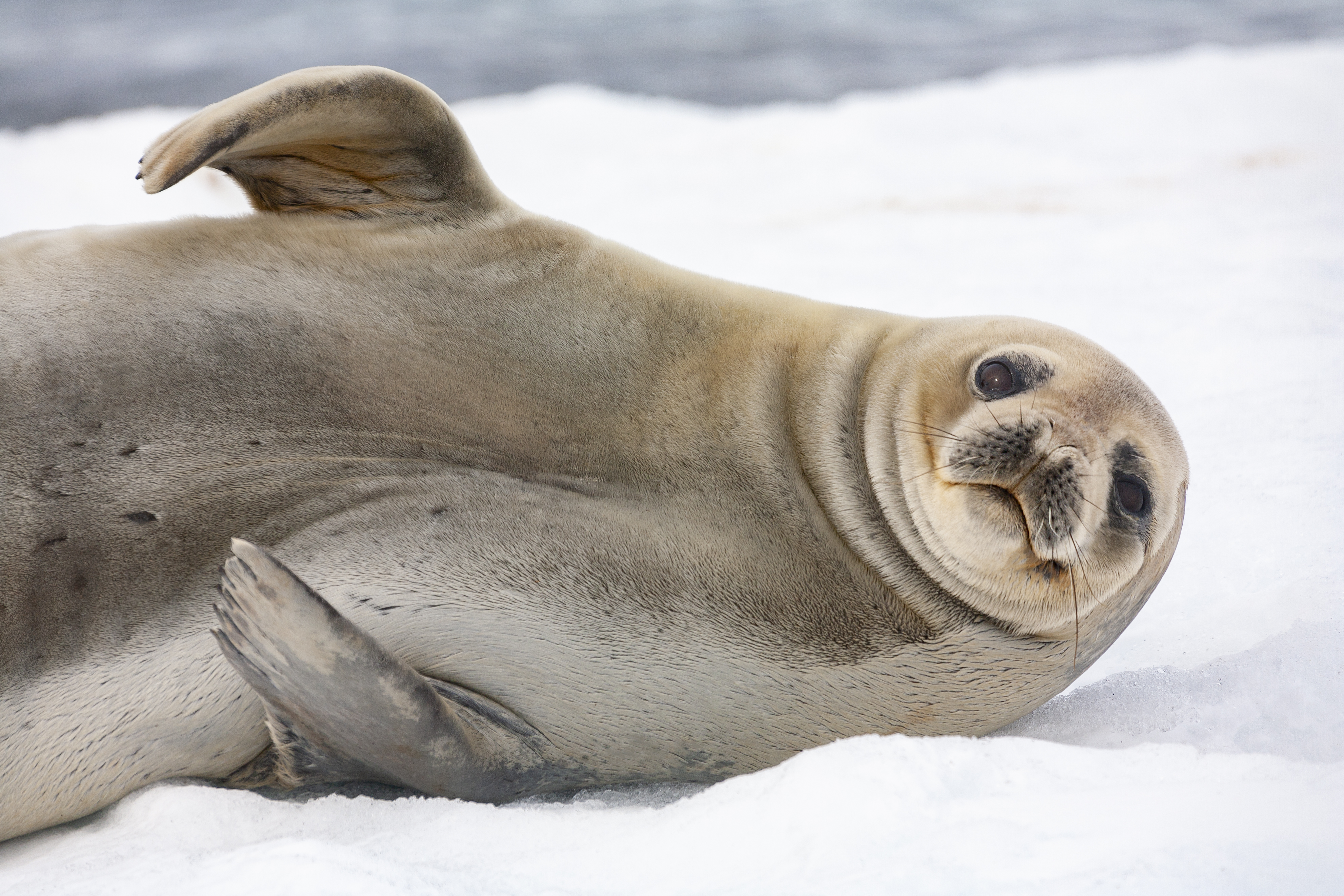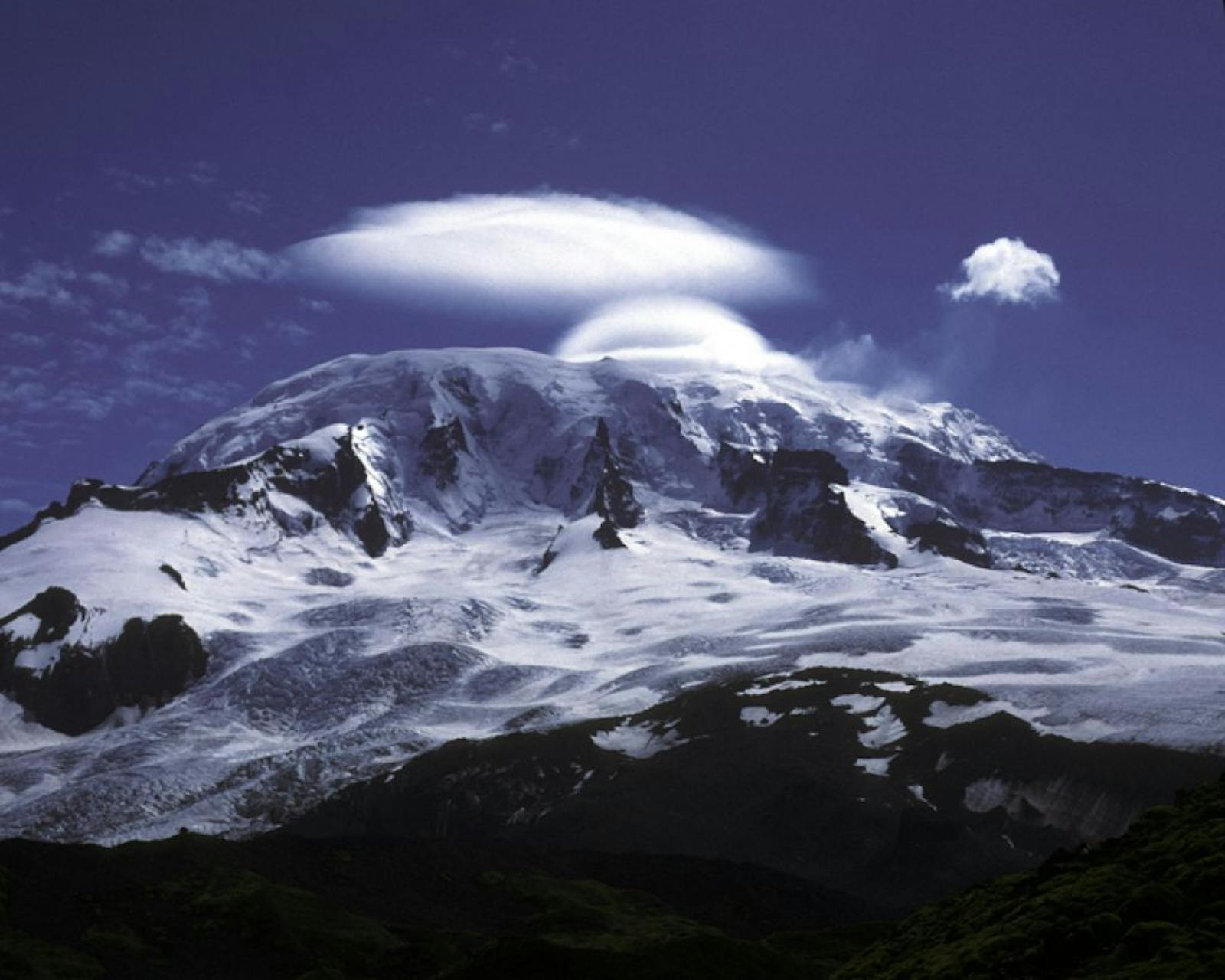Southern Indian Ocean Islands Tundra
The ecoregion’s land area is provided in units of 1,000 hectares. The conservation target is the Global Safety Net (GSN1) area for the given ecoregion. The protection level indicates the percentage of the GSN goal that is currently protected on a scale of 0-10. N/A means data is not available at this time.
Bioregion: Subantarctic Indian Ocean Islands (AN3)
Realm: Antarctica
Ecoregion Size (1000 ha):
N/A
Ecoregion ID:
133
Conservation Target:
N/A
Protection Level:
N/A
States: Antarctica
This ecoregion encompasses five island groups in the southern Indian Ocean (or Southern Ocean): Prince Edward (South Africa), Crozet, Kerguelen (France), and Heard and McDonald Islands (Australia). They are literally specks of land in a vast ocean basin, and serve as important refuges for a myriad of biodiversity. All are cold, wet, and windy, but they vary in size and setting, largely driven by their position in relation to the Antarctic Convergence.

The flagship species of the Southern Indian Ocean Islands Tundra ecoregion is the snowy albatross (Diomedea exulans). Image credit: JJ Harrison, Creative Commons
Some, like Heard Island— an active volcano—are heavily glaciated, while others, like Crozet and Kerguelen, are not. Marion Island (the larger island of the Prince Edward Island group) has a polar cap, but its sister island, Prince Edward, does not. One thing these islands all do have in common is a rich biodiversity in some of the most spectacular landscapes on the face of the planet.
The abundance and prevalence of seabirds are a defining feature of the region. There are literally millions of burrowing petrels, including Antarctic prions, blue petrels, and white-headed petrels. Six species of albatrosses breed across the ecoregion, several with IUCN Red List classifications of Vulnerable or Endangered. All six species breed on the Crozet islands, and the world’s largest concentration of breeding wandering albatross are found on Marion Island.

Northern giant petrel (Macronectes halli). Image credit: Liam Quinn, Creative Commons
A number of other species in the ecoregion, including the endemic Eaton’s pintail, are also classified as Vulnerable. Four species of penguin breed in this ecoregion, including massive colonies of king penguins and macaroni penguins. This ecoregion is also the only place where all six species of Antarctic seals are found. It is an important breeding ground for the Antarctic and sub-Antarctic fur seal, Leopard seal, and Southern elephant seal.
Many of the vascular plants of this ecoregion are found throughout the sub-Antarctic region of the Southern Ocean. Endemic vascular plants of this ecoregion include the tussock grass Poa cookie, the Kerguelen Cabbage Pringlea ascorbutica, and the fern Polystichum marionense. Other non-endemic but notable plant species include the cushion plant Azorella selago, the feathery Cotula plumosa, and the grass Agrostis magellanica. Knowledge about local invertebrates, including invasive species, is variable, but for many islands, there is a relatively well-known and diverse assemblage that plays a fundamental role in the function of the island ecosystems.

Female Antarctic fur seal (Arctocephalus gazella). Image Credit: SteveAllenPhoto999, Envato.
There are no permanent inhabitants of any of these islands. However, with the exception of Heard and MacDonald Islands, all are visited regularly with some permanent infrastructure. Tourist visits are also relatively rare. Many of these islands are classified as World Heritage Areas and/or Ramsar sites, and in this respect, they are relatively well protected. Pressure from human activity and non-native species remain the biggest threat, with all of the islands having non-native plants and/or invertebrates.
The exception is McDonald Island—renowned as one of the most pristine islands across the entire biome. Invasive vertebrates, including house mice (Marion Island) and cats, rabbits, reindeer, sheep, and the Corsican mouflon (French islands), have huge and multiplicative impacts, devastating species and ecosystems across the region. Only the Prince Edward Islands and Heard and McDonald Islands have the equivalent of IUCN 1a protection, with HIMI a UNESCO World Heritage Site.
Key priority actions for the next decade
- Undertake prioritized and targeted eradication of invasive species from the islands.
- Maintain strict biosecurity protocols to minimize the introduction of invasive species.
- Undertake research to better understand invasive species impacts and target the most effective conservation actions.
-
-
- Smith R.I.L (1984) Terrestrial plant biology. In: Laws R.M. (ed.) Antarctic Ecology. Vol. 1. pp 61-162. Academic Press. London.
- Chown, S.L., Gremmen, N.J.M. & Gaston, K.J. (1998) Ecological biogeography of Southern Ocean Islands: species– area relationships, human impacts, and conservation. The American Naturalist, 152: 562–575.
- Terauds, A., S. L. Chown, F. Morgan, H. J. Peat, D. J. Watts, H. Keys, P. Convey, and D. M. Bergstrom. (2012) Conservation biogeography of the Antarctic. Diversity and Distributions 18:726-741.
-
Cite this page: Southern Indian Ocean Islands Tundra. Ecoregion Snapshots: Descriptive Abstracts of the Terrestrial Ecoregions of the World, 2021. Developed by One Earth and RESOLVE. https://www.oneearth.org/ecoregions/southern-indian-ocean-islands-tundra/
-



